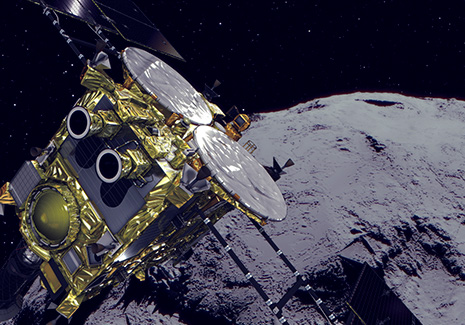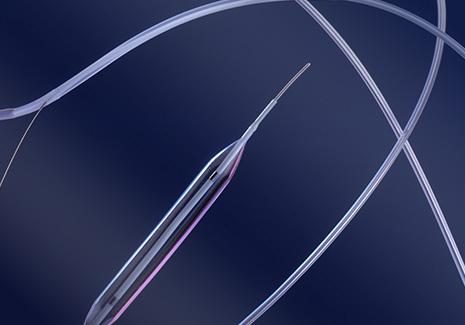Case Study Three: IT
High-speed signal transmission cable which
supported the world-leading “K” supercomputer
Case Study Three: IT
High-speed signal transmission cable which
supported the world-leading “K” supercomputer
Often our engineers encounter challenges that have not been faced before. When invited to solve unique, unsurmountable problems we rely upon our deep knowledge of materials and belief in our core technologies to forge a path forward.
For over 40 years, Junkosha has been developing high-quality wires and cables for computers. These low skew, low loss products can transmit electric signals at 95% of the speed of light and are the perfect product for large-volume, high-speed digital transmission.
One of the most significant projects that we have created cables for was the “K” supercomputer, which was commissioned by the Japanese Ministry of Education, Culture, Sports, Science and Technology in 2006. With Fujitsu leading on the design and development of this project, Junkosha was called upon to create a high data rate cable with supply capabilities beyond those of any other product on the market.

At the outset of this project, Fujitsu estimated that it would be necessary for us to produce over 10,000 km of cables. Under normal circumstances, such a vast quantity would need to be created by multiple vendors. However, only one company could meet the incredibly high specifications needed for this project – and we’re proud to say that Junkosha was that company.
One particularly challenging requirement was a standard of 20ps or less for intra-pair skew. Intra-pair skew is the time difference of signal speed between pairs of twisted wires in the cables, and 20ps is around a fifth of typical cables. We also needed to ensure our cables had high quality, reliable signal transmission and an extremely high bit rate.
Throughout the process, managers at Junkosha collaborated in weekly meetings with Fujitsu to carefully develop a prototype. This intense period of development led to a hugely sophisticated cable with an intra-pair skew of 20ps or less. Furthermore, we drew from our expert knowledge of technological materials to develop a special alloy and Expanded PTFE construct for these cables and shifted the multicore cables from 8-pair to 16-pair.
After the prototype had been successfully developed, we turned our attention to the next hurdle: figuring out how to produce 90,000 meters of high-quality cable a month. We created a company-wide project team and installed dedicated cable production equipment which was manned by specialist operators. All of the project team members worked in a centralised hub, which enabled us to maximise on-time efficiency. Every morning, production leaders would meet to troubleshoot potential issues and manage problems. Each member of the project team was completely dedicated to not only producing the volume of cables required, but to do this with the utmost attention to detail.
In the end, we met our deadline and delivered an impressive 35,000 km of the high-speed transmission cable. From the launch of the supercomputer in 2011 to its eventual decommissioning in 2019, not a single issue was caused by the computer’s hardware.
This project led to international praise for Japan and we were honoured to play a part in it. We were also delighted to receive praise from both Fujitsu and Riken, the end-user of the supercomputer, for our performance throughout the project. Perhaps the most rewarding moment of all came when the supercomputer “K” won the award for the world’s fastest supercomputer, an achievement which was undoubtedly supported through our world-class cables and corporate commitment to quality.



